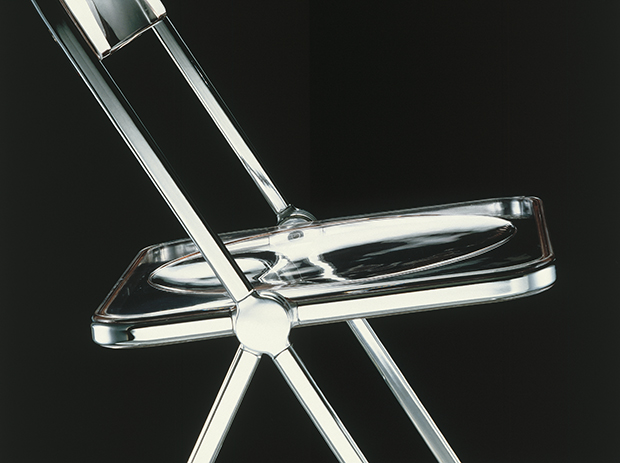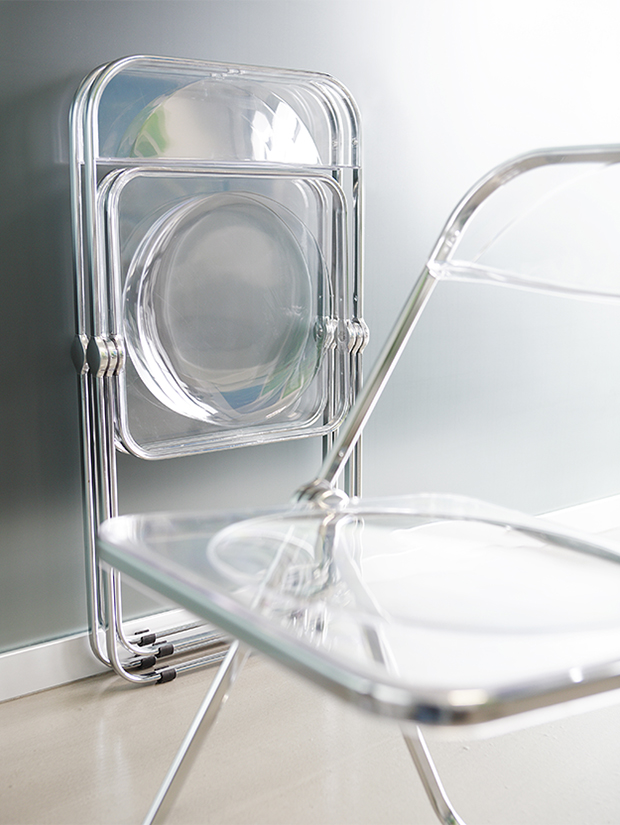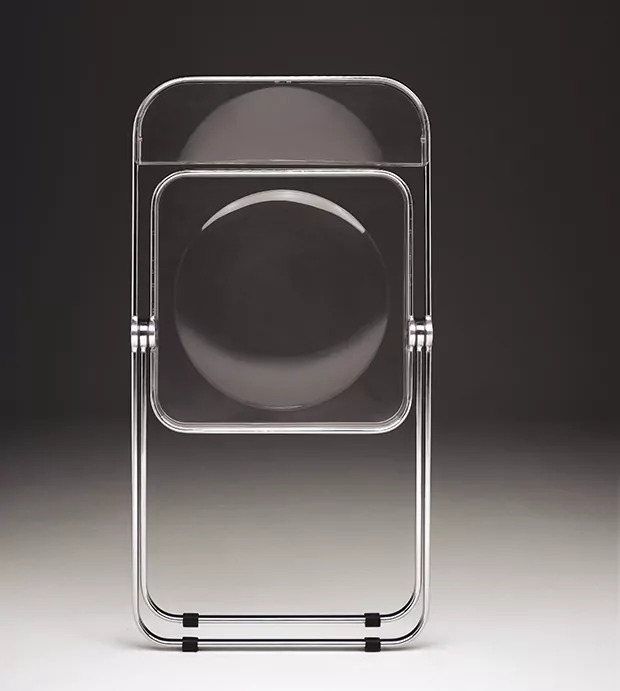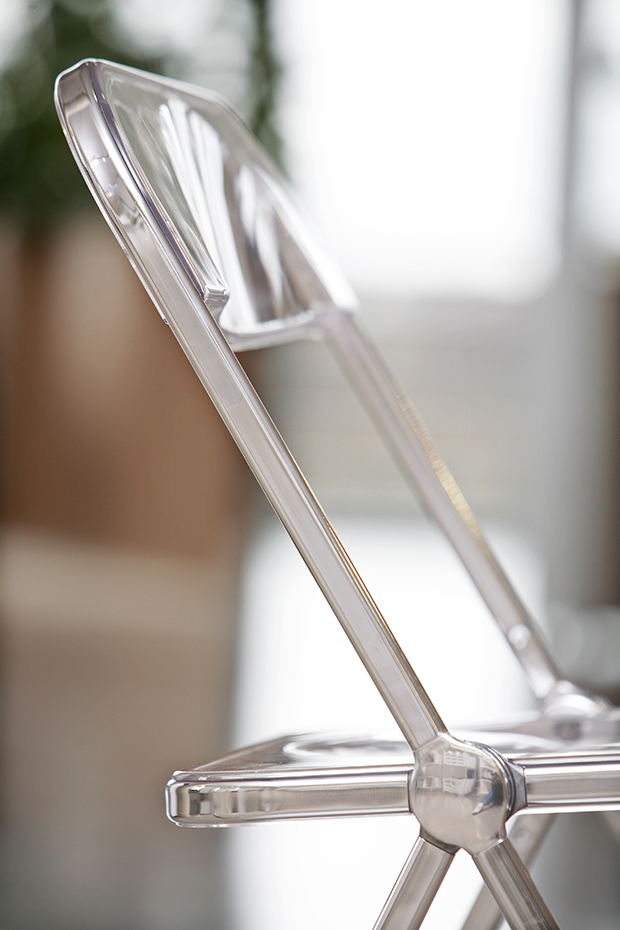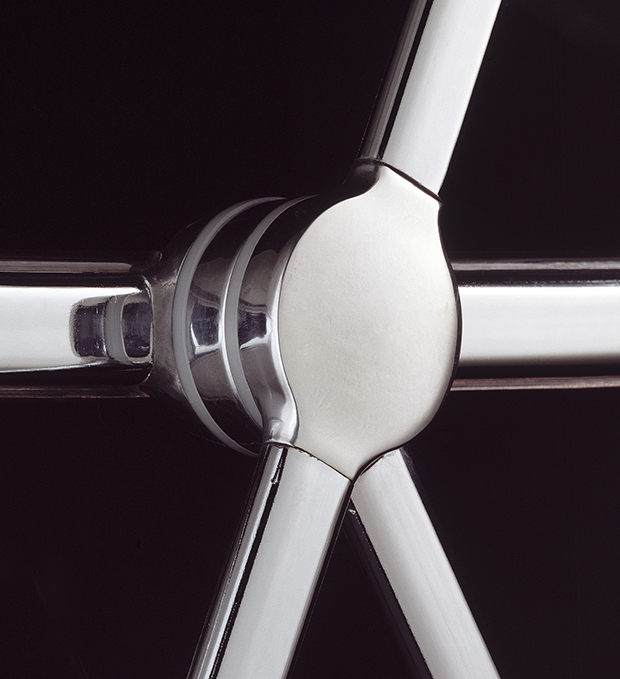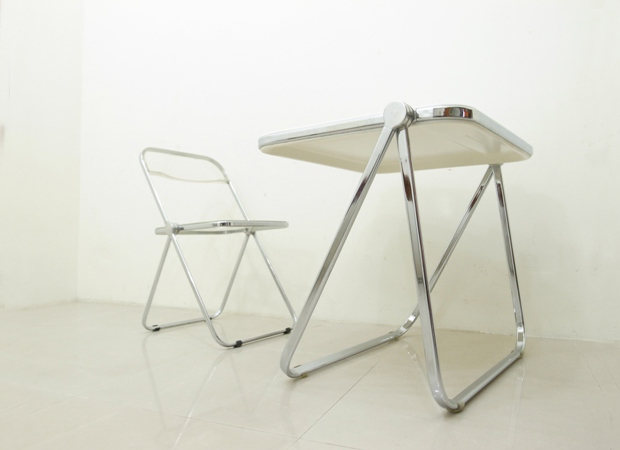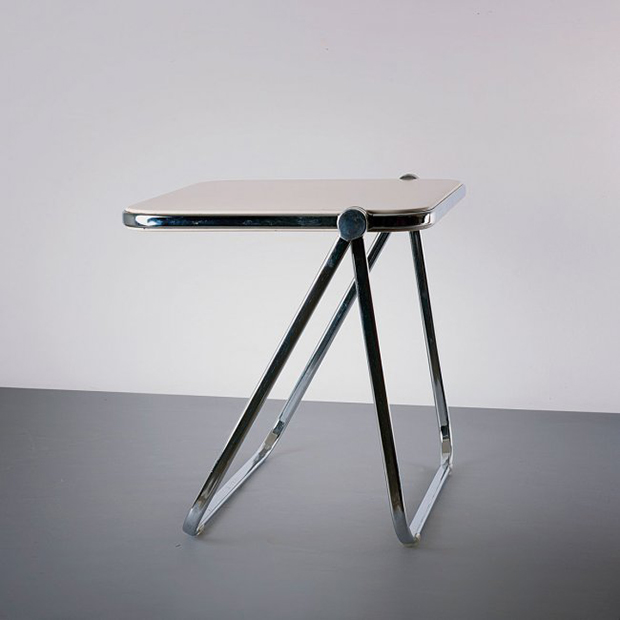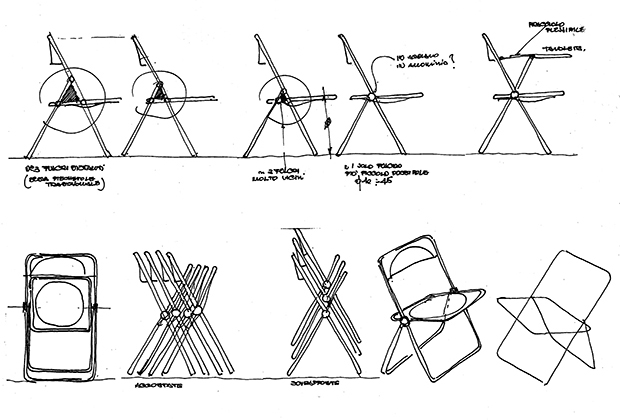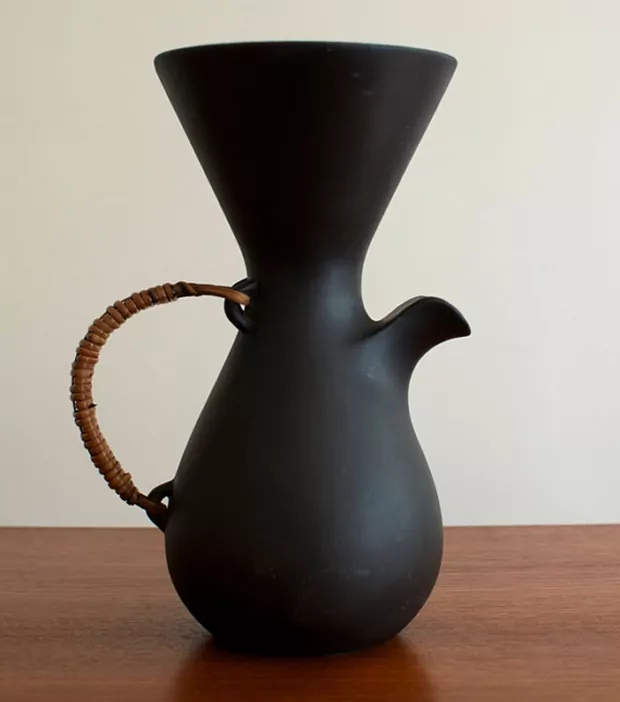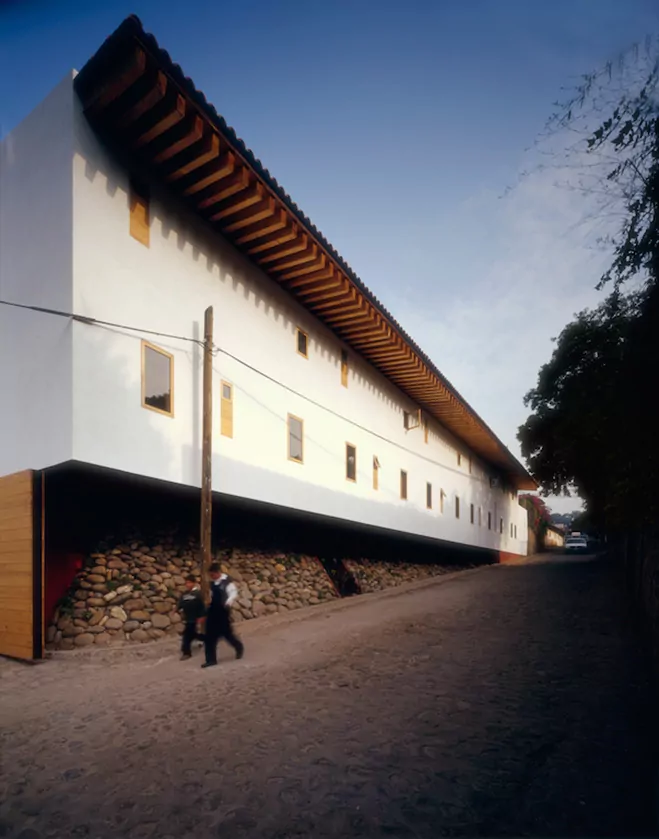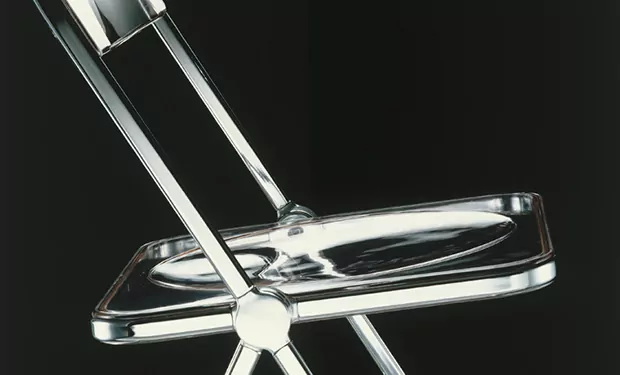
Giancarlo Piretti’s PL Series for Castelli S.p.A.
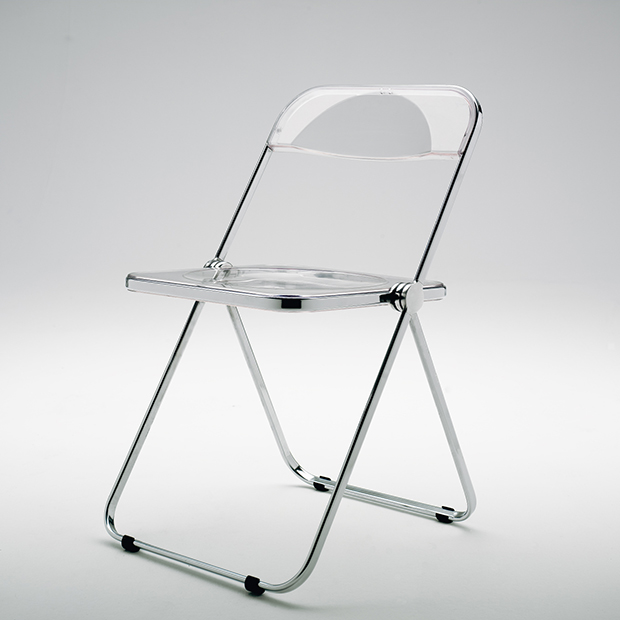
Today, we will be covering an example of a past design movement that tends to be mentioned only briefly, if at all: The Space Age. As the launching of Sputnik (1957) tends to be referred to as the movement’s beginning, the “Space Race” and “Red Scare” of the 1960s and early 1970s fueled its existence. Thus, it sits somewhere between the Atomic Age of Mid-Century Modernism and the playfulness of Postmodernism in the 1980s: two infamous design outlooks that oppose each other. My guess is that there is such a historical tension between these two philosophies that the Space Age and the design movement that accompanied it, is somewhat lost in the noisy debate.
While I am inspired by the minimalistic and understated visual language that makes up a good portion of this site (i.e., Richard Neutra, John Pawson, et. al.), I also tend to gravitate towards the warmth present at the end of the Modernist movement, when conversation pits and Op Art patterns were popular. Plastic was somewhat novel, and represented the possibilities of the future. This lent it to be the material of choice for the Space Age movement. Although all too common, it is a mistake to think that the Panasonic R-70, Braun HLD 4 or the Solari Cifra 3 are merely fads of an outer space obsession. To reduce them to simply nostalgia destroys the context in which they should be appreciated. These products represent the “Brutalism of plastic:” basic forms showcasing the natural plasticity, production techniques and character of the material.
Giancarlo Piretti understood plastic as a respectable material. Piretti studied at the Instituto d’Arte in Bologna and after his studies, designed and managed development for Castelli. Although he produced many products over the years, I believe the PL series he designed for Castelli S.p.A. are most successful. Piretti designed the “Plia” in 1969, and variations such as the Plona, Platone, and Plana followed, completing the folding series. The “Plia” won won many awards, mostly for its innovative 3-disc hinge that connected the chromium-plated tubular steel frame and Lucite seat and back, allowing the chair to fold to a mere five centimeters thick. The Plia is one of Giancarlo Piretti’s most well known designs and it is still available through Castelli.
